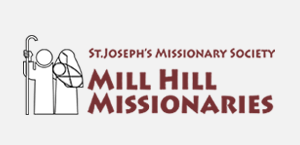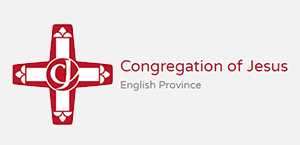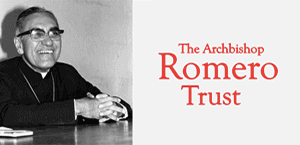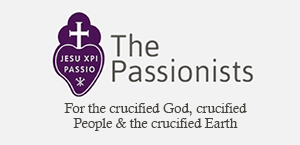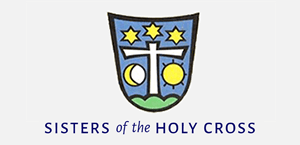Gospel in Art: The Supper at Emmaus
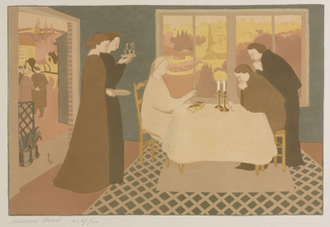
The Pilgrims at Emmaus, Lithograph by Maurice Denis, 1895 © Alamy
Source: Christian Art
Gospel of 23 April 2025
Luke 24:13-35
On the first day of the week, two of the disciples of Jesus were going to a village named Emmaus, about seven miles from Jerusalem, and they were talking with each other about all these things that had happened.
While they were talking and discussing together, Jesus himself drew near and went with them. But their eyes were kept from recognising him. And he said to them, 'What is this conversation that you are holding with each other as you walk?'
And they stood still, looking sad. Then one of them, named Cleopas, answered him, 'Are you the only visitor to Jerusalem who does not know the things that have happened there in these days?'
And he said to them, 'What things?' And they said to him, 'Concerning Jesus of Nazareth, a man who was a prophet mighty in deed and word before God and all the people, and how our chief priests and rulers delivered him up to be condemned to death, and crucified him. But we had hoped that he was the one to redeem Israel. Yes, and besides all this, it is now the third day since these things happened. Moreover, some women of our company amazed us. They were at the tomb early in the morning, and when they did not find his body, they came back saying that they had even seen a vision of angels, who said that he was alive. Some of those who were with us went to the tomb and found it just as the women had said, but him they did not see.'
And he said to them, 'O foolish ones, and slow of heart to believe all that the prophets have spoken! Was it not necessary that the Christ should suffer these things and enter into his glory?' And beginning with Moses and all the Prophets, he interpreted to them in all the Scriptures the things concerning himself.
So they drew near to the village to which they were going. He acted as if he were going further, but they urged him strongly, saying, 'Stay with us, for it is towards evening and the day is now far spent.' So he went in to stay with them. When he was at table with them, he took the bread, and blessed, and broke it, and gave it to them. And their eyes were opened, and they recognised him. And he vanished from their sight. They said to each other, 'Did not our hearts burn within us while he talked to us on the road, while he opened to us the Scriptures?' And they rose that same hour and returned to Jerusalem. And they found the Eleven and those who were with them gathered together, saying, 'The Lord has risen indeed, and has appeared to Simon!' Then they told what had happened on the road, and how he was known to them in the breaking of the bread.
Reflection on the lithograph
In this lithograph, Maurice Denis offers a contemporary interpretation of the Supper at Emmaus. We see Christ seated at the table, blessing the bread. Opposite him sits the artist himself, portrayed as the disciple who has just recognised the true identity of his extraordinary table companion. Denis's wife, Marthe, enters the room carrying a dish, while a friend follows with two small jugs; one for water, the other for wine, a clear Eucharistic reference. The print, based on Denis's original painting now housed in the Van Gogh Museum in Amsterdam, reimagines the scene from today's Gospel in a modern setting. Notice, too, the two candelabra on the table: their flames seem to merge into one. It is a beautiful image: our own light drawn into Christ's, shining all the more brightly together.
This morning's reading offers real help for our life of prayer. The two disciples on the road to Emmaus are clearly discouraged, weighed down by sorrow. Many of us have found ourselves in that place, living under the shadow of a cross.
What does Jesus do? He simply draws alongside them and gently asks why they are downcast. He invites them to speak freely, to share what is on their minds and in their hearts. This is what Jesus invites us to do each time we come to him in prayer: to pour out our hearts, to speak of our joys and our struggles, our hopes and our hurts.
And once the disciples have shared all that is within them, the Gospel tells us that Jesus then begins to speak. The same is true for us. After we have brought our hearts to the Lord, there comes a moment to listen, to be still, and to allow Jesus' word to speak to us. Thus prayer is not only about speaking; it is also about listening, waiting in silence for the voice of the One who walks beside us, even when we do not recognise him at first.
LINKS
Gospel in Art: https://christian.art/
Today's Reflection: https://christian.art/daily-gospel-reading/luke-24-13-35-2025/ (with audio)












